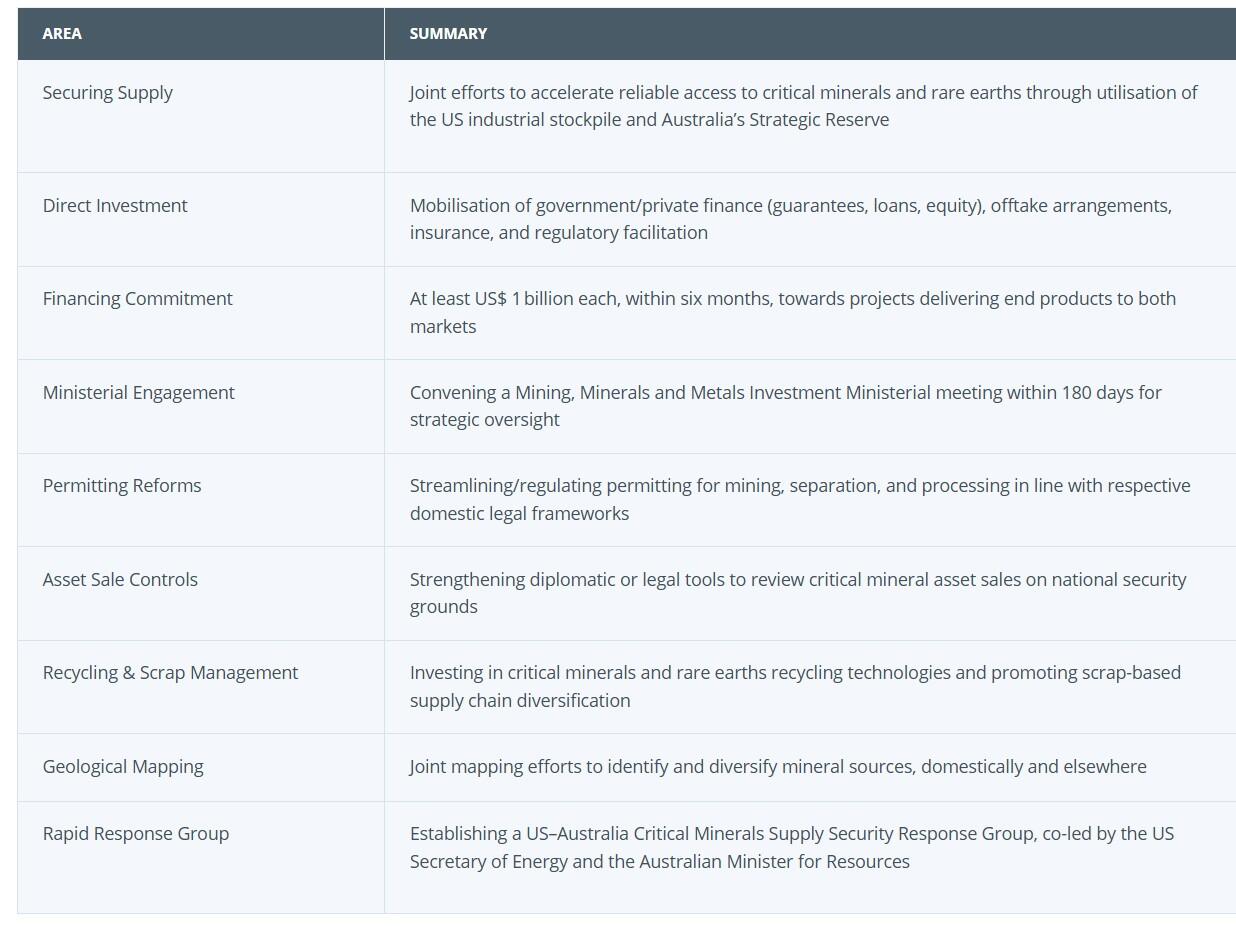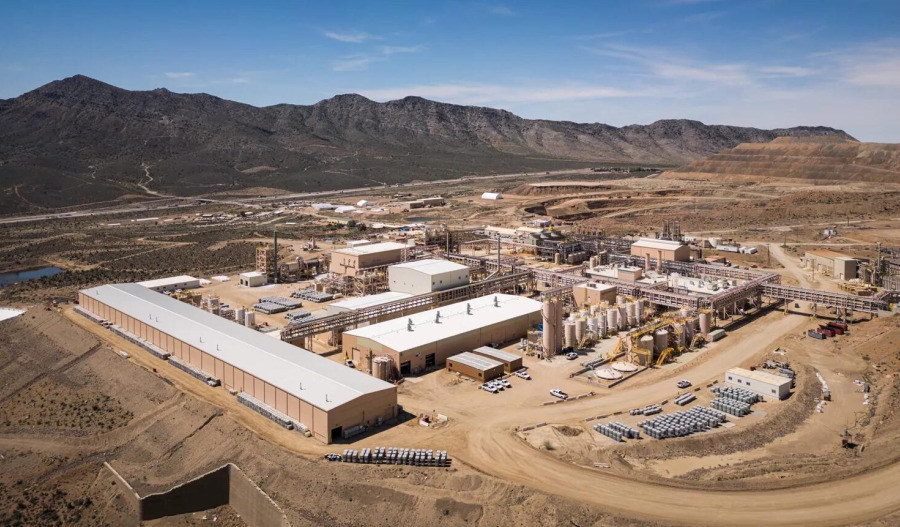The battle for critical minerals entered a new phase on 20 October, when President Trump and Prime Minister Albanese signed a bilateral framework in Washington committing both nations to securing access to critical minerals and rare earths.
This is a sizeable US$3 billion (A$4.61 billion) commitment, with both countries pledging at least $1 billion each within six months towards projects delivering end products to both markets.
Critical minerals like lithium, cobalt, rare earths and graphite underpin defence technology, clean energy infrastructure and advanced manufacturing.
China controls two-thirds of global cobalt refining and 60% of lithium processing, which means even when mining happens in Australia, the Democratic Republic of Congo, or Chile, the minerals flow to China for processing and refinement.
That midstream dominance gives Beijing leverage over global supply chains, and during trade tensions or geopolitical disputes, that control becomes a tool that can halt production lines, delay military projects, and derail energy transitions.
The agreed framework between the U.S. and Australia spans nine key areas to counter that dominance, from securing supply through strategic reserves to establishing asset sale controls and recycling programs.

The Framework's key terms span supply security, investment, permitting reforms and strategic oversight
Cracking the chokepoint
The agreement maps out direct government investment, loan guarantees, offtake arrangements with price floors, and streamlined permitting for extraction and processing operations.
It establishes a U.S.-Australia Critical Minerals Supply Security Response Group - co-led by the U.S. Secretary of Energy and Australia's Minister for Resources - for coordination during supply disruptions.
Both nations are to commit to heightened scrutiny of foreign investment in these assets on national security grounds, with tools to review and potentially block asset sales.
The pact drives recycling and scrap-based supply network diversification, while joint geological mapping will pinpoint mineral sources domestically and in allied third countries.
For project developers, the agreement clears regulatory hurdles and fast-tracks permitting to accelerate approvals.
Industry implications
Australian explorers, developers, and producers - particularly those working on heavy rare earths deposits - gain access to liquidity and backing from both governments.
The $3 billion deployment over six months channels through existing vehicles like Export Finance Australia (EFA) and the US Export-Import Bank (EXIM).
Australian rare earths developer Northern Minerals announced a letter of interest (LOI) for financing from EFA and US EXIM shortly after the pact was unveiled.
The $2.2 billion in LOI issued by EXIM sweeps across seven Australian projects, including Arafura's Nolans rare earths development in the Northern Territory, VHM's Goschen rare earths and mineral sands operation, and Latrobe Magnesium's commercial facility in Victoria.
These projects target heavy rare earths like dysprosium and terbium - elements critical for high-temperature magnets in electric vehicles, wind turbines, and advanced defence systems, where China's stranglehold exceeds even its control of light rare earths.
Price floors in offtake agreements will cushion market volatility, particularly for processing ventures, with governments potentially wielding contracts for difference to backstop pricing and de-risk investment.
Debt and equity funding will pour through concessional loans, equity stakes, and credit guarantees.
Assets will face rigorous scrutiny, with expanded use of conditional approvals and potential divestment orders.
Strategy
The pact lays out a standards-based trading system for these materials, requiring new certification regimes for ESG performance, origin traceability, and processing integrity.
A parallel market where allied-sourced or democratic-processed minerals command premium pricing becomes viable.
Economic incentives reward supply network security and penalise opacity or unethical sourcing - building a trading architecture that can weather geopolitical pressure.
Beijing built its dominance through vertical integration and state-backed subsidies, while the agreement represents a counter-strategy: allied coordination, public finance, and regulatory tools to build alternative networks at a competitive scale.
What's next?
The agreement is, however, non-binding and remains high-level in implementation details, with a Mining, Minerals and Metals Investment Ministerial meeting scheduled within 180 days to flesh out Australia's proposed Critical Minerals Strategic Reserve.
As EV demand accelerates, data centres proliferate, and defence technology advances, the critical minerals bottleneck risks becoming the defining chokepoint of the coming decades.
The Australia-U.S. alliance is wagering that coordinated policy, capital deployment, and streamlined regulation can fracture Beijing's processing monopoly before it becomes unbreakable.
For Australian producers, it's a narrow window, yet for Beijing they perceive it as a challenge to decades of upstream investment.



